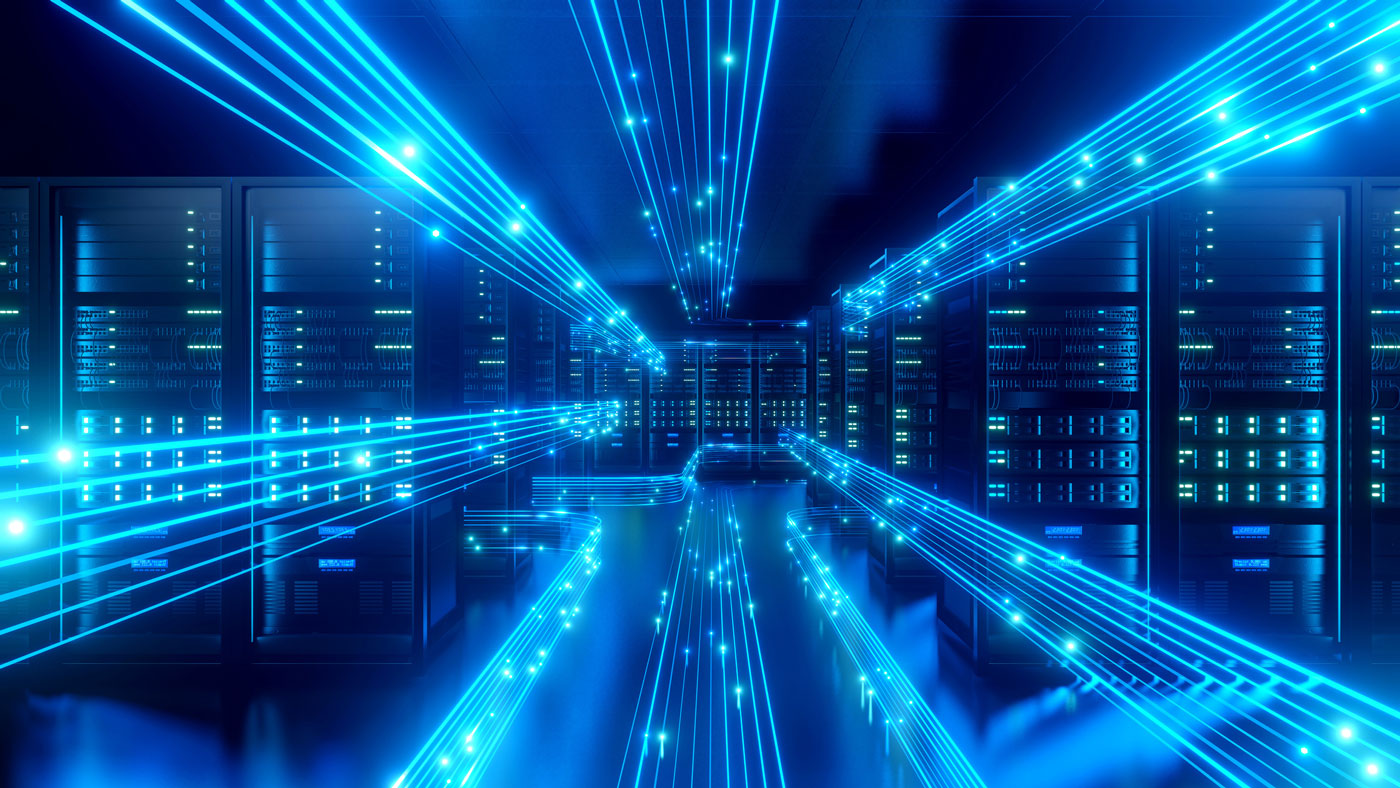
Data Centers and Power: The Increasing Use of Self-Supplied Energy Solutions
The industries that generate power and the industries that use power – meaning, pretty much all of industry – are in various stages of the onset of an unavoidable awareness that data centers, and the AI processed through data centers, are driving some of the most contentious and consequential policy debates and project finance deals in the United States. Innovation is both responsible for the forces that create these challenges and necessary to get out from under them.
As data centers proliferate and their power demands intensify, particularly with the rise of AI computing, the electricity generation industry is developing innovative approaches to secure reliable, sustainable power. A few recent developments highlight how the sector is moving beyond traditional utility relationships to embrace various forms of self-supplied power.
A recent example is Google’s partnership with Intersect Power and Intersect’s private equity investor TPG Rise Climate. Hyperscaler Google and these two other major players in the low-carbon space announced a $20 billion investment in energy parks that will co-locate data centers with renewable energy generation and storage. As Google noted in its announcement, “(t)his means the Google data center would come online alongside its own clean power, bringing new generation capacity to the grid to meet our load, reduce time to operation and improve grid reliability.” These industrial-scale complexes represent one end of a spectrum of emerging power solutions that include microgrids, behind-the-meter generation, and hybrid approaches.
Energy parks, as envisioned in the Google project, combine large-scale renewable generation with storage solutions and major power consumers in a single location. This model offers several advantages: reduced transmission losses, faster power access, and potential grid services. They function as self-contained energy ecosystems while maintaining grid connections.
Google, like many hyperscale data center operators, has made ambitious commitments to power their operations with carbon-free energy. The energy park model aligns well with these goals while addressing practical challenges. For Google and similar operators who have both massive power needs and deep financial resources, energy parks offer a compelling combination: direct access to renewable power at scale, the ability to optimize tax incentives across generation and consumption, and greater control over their energy future. The model also allows them to expand systematically over time as their computing needs grow. Moreover, by acting as anchor tenants in these developments, hyperscalers can help drive the broader transition to renewable energy while potentially creating opportunities for smaller data center operators to co-locate within the same energy ecosystem.
At a smaller scale, microgrids serve specific facilities with their own generation and distribution systems. While similar to energy parks in some ways, microgrids typically focus on reliability and resilience rather than industrial-scale power generation. They’ve become increasingly popular for data centers seeking power independence and reliability. For example, last year Microsoft announced a partnership with microgrid provider Enchanted Rock to power a new Microsoft data center in California during grid outages.
A third approach is emerging through projects like CoreWeave’s $1.2 billion data center development, which includes an on-site natural gas power plant. This behind-the-meter solution bypasses traditional utility relationships entirely, giving operators direct control over their power supply and costs.
Finally, a fourth approach emerged recently with Microsoft’s deal to reopen the Three Mile Island nuclear facility to power its data centers (Google and Amazon have also struck nuclear power deals). This agreement with Constellation Energy represents yet another way hyperscale operators are seeking dedicated power sources outside traditional utility relationships. Like the Google energy park model, it demonstrates how major tech companies are willing to make bold moves to secure their power future while meeting carbon reduction goals.
Data center/green energy generation colocation raises interesting regulatory questions, particularly in states (like Virginia) with aggressive clean energy mandates. While behind-the-meter natural gas solutions might allow carbon-based fuels to remain in use longer than legislators anticipated, other approaches like Google’s energy parks and Microsoft’s nuclear deal suggest major tech companies are finding creative ways to meet both their power needs and carbon reduction goals outside traditional utility frameworks.
The role of clean energy varies significantly across these approaches. Energy parks focus heavily on renewables, while nuclear power offers another zero-carbon option for the constant, high-power demands of AI-focused data centers. This diversity of approaches suggests the industry isn’t betting on a single solution but rather developing multiple pathways to reliable, sustainable power.
Speedbumps and roadblocks along the way are to be expected. Challenges associated with innovative nuclear/data center co-location, for example, were recently exemplified by the Federal Energy Regulatory Commission’s rejection of PJM Interconnection’s amended interconnection service agreement regarding the colocation of an Amazon data center with a nuclear power plant owned by Talen Energy. PJM had petitioned FERC to greenlight the amended ISA, under which the behind-the-meter connection between the power plant and the co-located data center would have increased from increased more than 50% from the existing ISA; two competing utilities claimed that this would force almost $150 million in transmission costs onto ratepayers of PJM.
Industry trends suggest we’re moving toward a future where data centers will increasingly rely on a mix of power solutions. In any given geography at any given time with any given set of players, the choice between energy parks, microgrids, behind-the-meter generation, or dedicated nuclear power will likely depend on factors including location, scale, regulatory environment, and company-specific sustainability goals. What’s clear is that hyperscale operators are actively reshaping the power landscape rather than simply connecting to local utilities. As data center demand continues to grow, particularly in hubs like Virginia, these self-supplied power solutions – from renewable energy parks to nuclear partnerships – will likely play an increasingly important role in the industry’s development.



Sorry, the comment form is closed at this time.